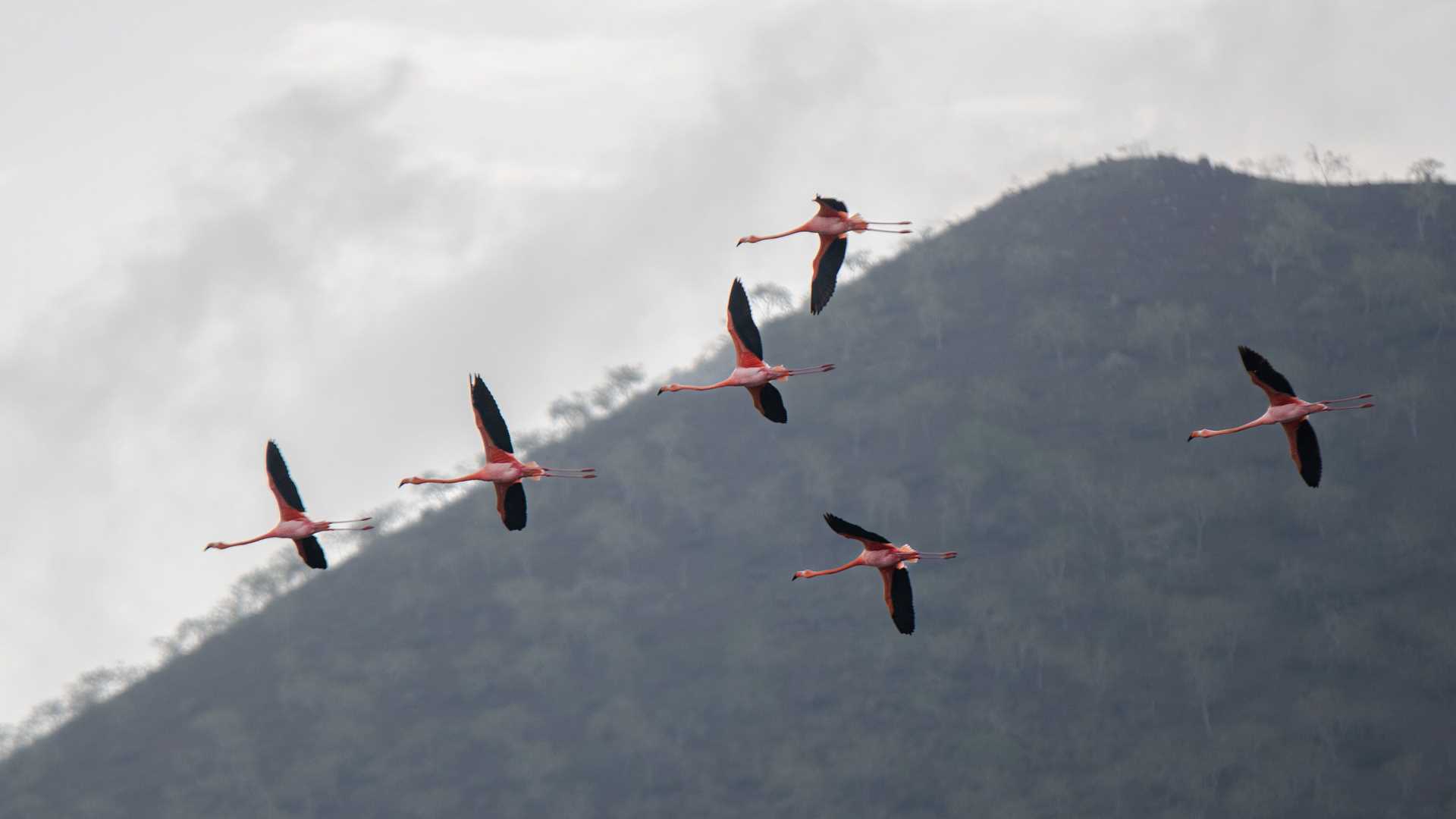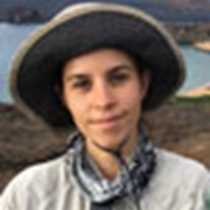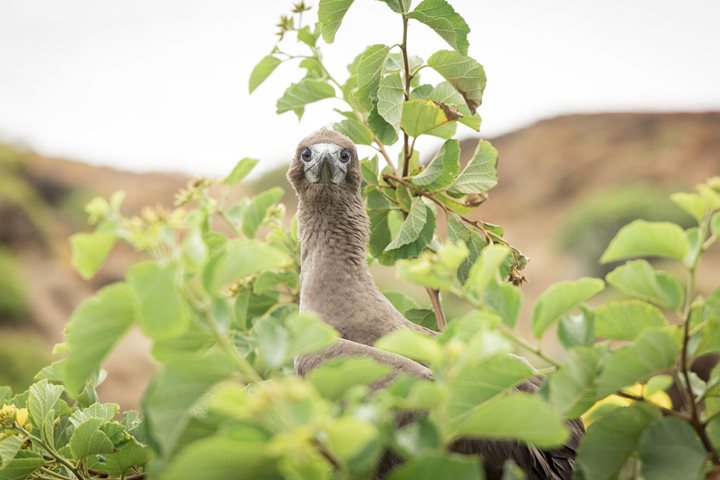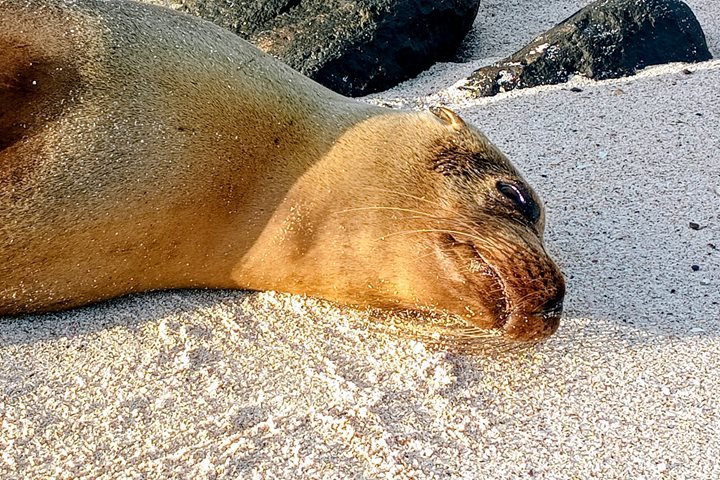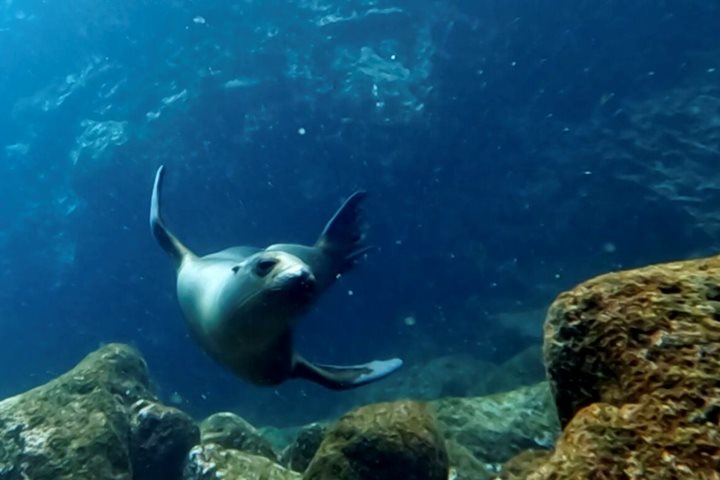Today we woke up anchored at Floreana, a beautiful and mysterious island. This island was colonized in 1832 but today has a population of only 120 people. Our first stop was Post Office Bay, a historical site that was a landing spot for the famous naturalist Charles Darwin. Before him, an American captain named David Porter read the letters of the British whaling fleet to know where they were going and how to capture them during the War of 1812.
Guests had a chance to go through the mail today to look for addresses close to home. If they found any, they took the letters to deliver once they return home. In this way, we maintain the whalers’ tradition by hand-delivering letters. Floreana is not only rich in human history but also in wildlife.

